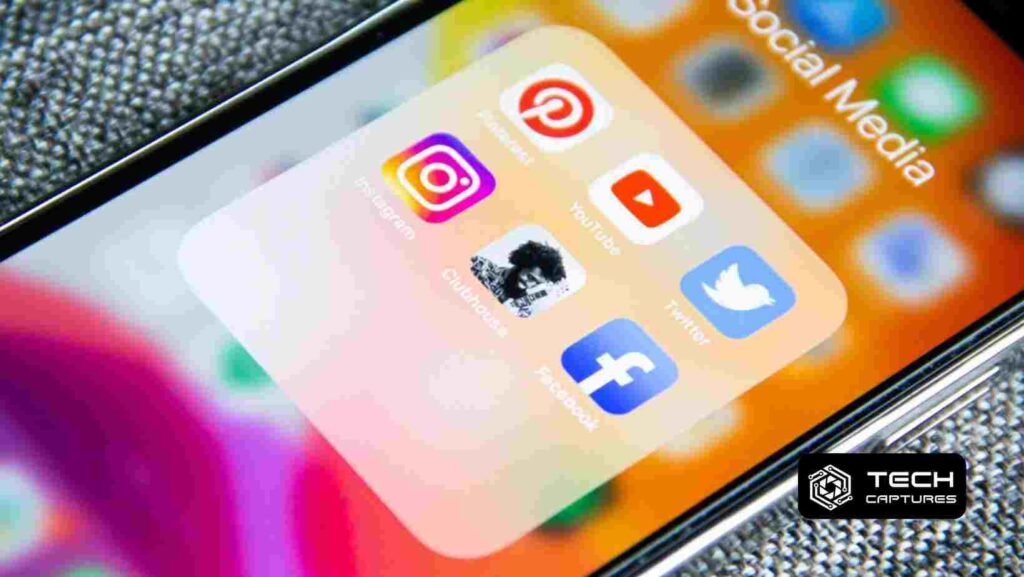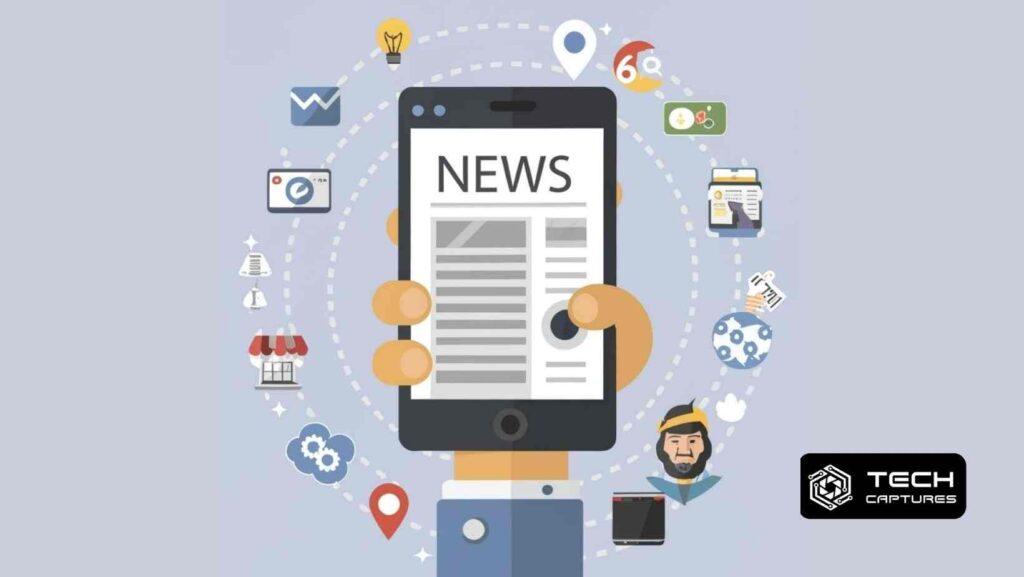People used to consume news through mass media such as newspapers, radio, and television in the past. However, with the emergence of PCs and smartphones, these forms started to converge. Since then, smartphones have become more than just a luxury for the rich; they have become accessible to ordinary consumers. Thanks to platforms like the App Store, people can find mobile applications for almost every aspect of their daily lives, turning their smartphones into mini-PCs in their pockets.
This research project is based on McLuhan’s aphorism, “The medium is the message.” The idea that the medium directly influences society rather than just carrying content will serve as the foundation of this study. The paper will demonstrate how the invention of the smartphone revolutionized news consumption and how this change in news consumption further influenced news production. It will also discuss whether technological factors or cultural factors drive these changes.

Table of Contents
What Do The Numbers Say about Consumption News in the Digital Age?
In the age of smartphones and the accessibility of content, news on smartphones is something as common as a cup of coffee. Here’s what the research says:
- The majority of Americans now obtain news through at least one digital, web-based device. News consumption primarily occurs on desktop or laptop computers, which remains the main platform for 54% of Americans. However, there is a growing number of consumers accessing news on multiple digital devices.
- Although social media plays a role in the digital news experience, it is less significant than previously suggested. Only 9% of digital news consumers frequently follow news recommendations from either Facebook or Twitter on at least one of the devices mentioned. Among the two networks, Facebook attracts twice as many news followers as Twitter.
- Among those who receive news on both their smartphones and tablets, social networking emerges as a highly popular method for news consumption. This preference is especially prominent within the group, comprising 13% of all digital news consumers, with a substantial two-thirds (67%) having received news recommendations from Facebook. In comparison, 59% solely obtain news on one of these devices, while 41% solely rely on desktops or laptops for their digital news intake.
The sheer number of news apps and websites has created a lot of competition. Often, smartphone users notice that they run out of memory due to the large amount of data on their devices. You can manually uninstall a couple of apps or use a phone cleaner. This phone app can remove duplicate pictures and similar photos or compress videos. The memory cleaner app also offers cleaning of temporary data that accumulates while applications are running. With CleanUp, you can quickly free up memory without deleting valuable personal data.
Free Content Creation and Authenticity

The digital media revolution stands out for its ability to foster new communities and level the playing field for global culture (Friedman, 2008). Smartphones, as digital media tools, enable active user interaction. Users consuming news from traditional media can now also generate news stories on social media platforms. Smartphones have transformed the landscape of mass media from a one-way, top-down approach to a networked system that allows for many-to-many conversations (Kovarik, 2011).
According to Hadland (2014), user-generated journalism is distinct from professional and citizen journalism. Individuals who do not aspire to be news reporters still contribute user-generated content (UGC) by sharing raw and unedited material as eyewitnesses.
During the 2005 London bombing, numerous videos became available due to the widespread use of smartphones by the public. However, the credibility of such content is jeopardized. Compared to digital cameras, modern smartphones may not capture high-quality videos or photos. Blurred images and shaky video footage can raise doubts about authenticity. Furthermore, while immediate transmission reduces latency, social media platforms like Twitter and Facebook can facilitate the propagation of biased ideas by amateur journalists and contribute to the spread of fake news.
The Path of the News
The news industry faces a crucial question: how does news behavior vary across devices? This inquiry begins with how people discover and access news stories. Is search equally prominent on smartphones and desktops? To what extent do news organization apps serve as the starting point, offering subscription potential and indicating brand loyalty? And what about social networks on each device? Is Facebook emerging as the principal news hub on mobile?
According to the survey, brand presence holds significance across all devices, with the tablet exhibiting the highest impact. Regardless of the digital platform, the most prevalent method of accessing digital news is direct navigation to a news website or app. The rise of mobile has facilitated this trend. One-third of laptop or desktop news consumers report visiting a news organization’s website “very often,” as do one-third of smartphone news consumers and 38% of tablet news consumers.
Conclusion
Around half of smartphone owners (51%) use their phones for news, while a majority of tablet owners (56%) utilize their devices for news. A significant portion of U.S. adults (32%) exclusively access news digitally on a laptop or desktop. This points to the fact that smartphones have changed the way news is consumed. Radio, newspapers, and other forms of distribution are already in the minority. The smartphone has replaced them all, although only partially. News outlets that target mobile devices attract more traffic than their print versions.

